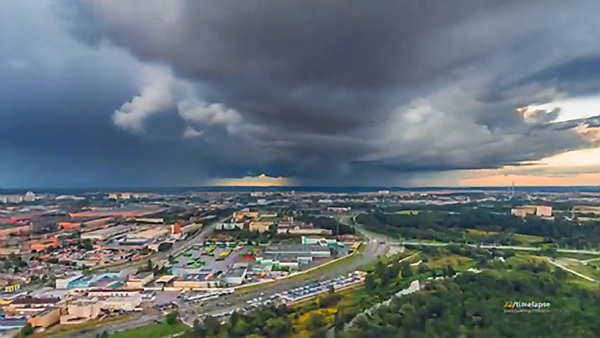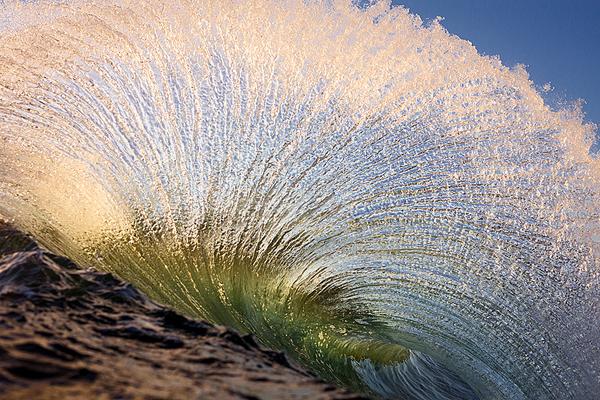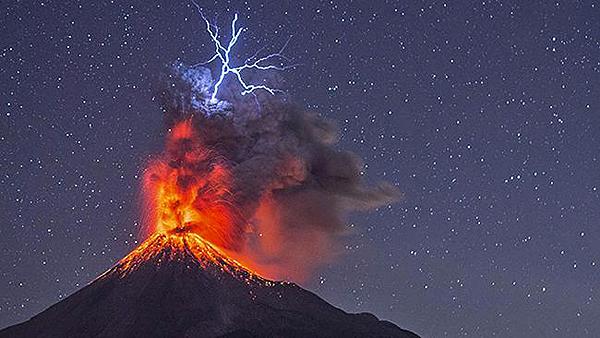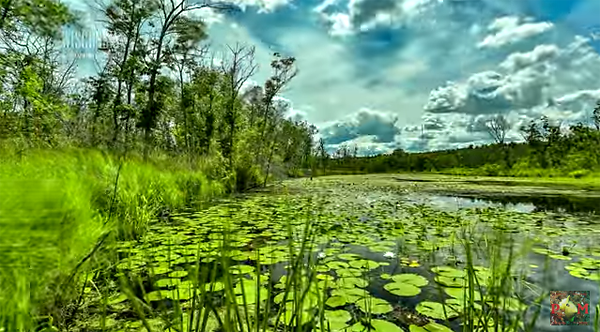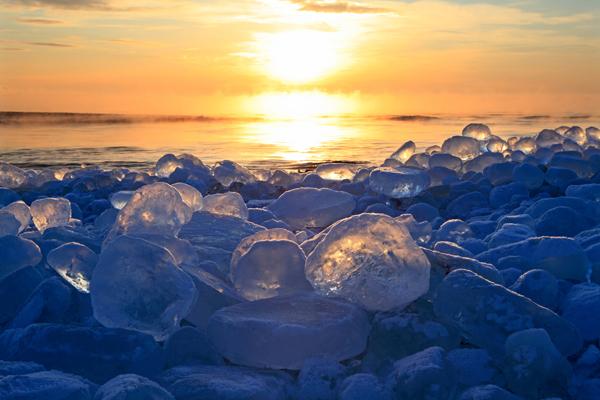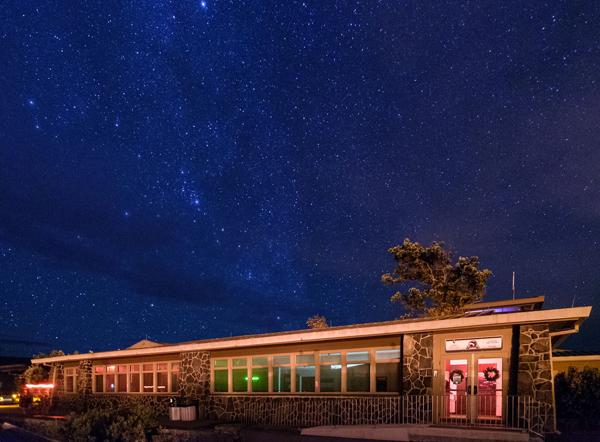Outdoor Photography How To
Sort By: Post Date TitlePublish Date
|
Feb 17, 2017 |
|
Feb 14, 2017 |
|
Feb 13, 2017 |
|
Feb 10, 2017 |
|
Feb 09, 2017 |
|
Feb 08, 2017 |
|
Feb 08, 2017 |
|
Feb 07, 2017 |
|
Feb 07, 2017 |
|
Feb 06, 2017 |
|
Feb 06, 2017 |
|
Feb 03, 2017 |
|
Feb 03, 2017 |
|
Jan 27, 2017 |


